
Julia Morgan YWCA Harbor Area & South Bay Housing
First opened during the fall of 1918 with a mission to build a recreation center that included housing and facilities for laundry and cooking, the YWCA Harbor Area and South Bay has been part of the YWCA national legacy as one of the oldest, most active and important organizations helping women and families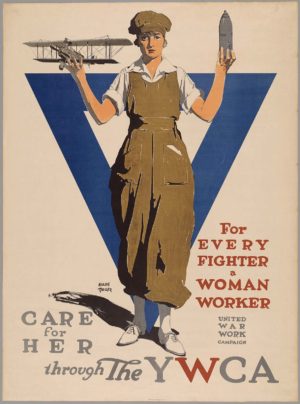 . Over the last 100 years, the YWCA Harbor Area and South Bay has provided the community with an array of resources, among them a preschool, health programs (exercise classes, free mammograms), voting seminars, racial justice programs, and other activities.
. Over the last 100 years, the YWCA Harbor Area and South Bay has provided the community with an array of resources, among them a preschool, health programs (exercise classes, free mammograms), voting seminars, racial justice programs, and other activities.
In 2019, we were engaged by the Grapevine Economic Development Fund to help the YWCA Harbor Area and South Bay realize their next enterprise, the design and construction of a four-story, 100% affordable housing extension targeted for single women with children. The new construction will be sited directly adjacent to an existing YWCA building, a landmarked board-and-batten structure designed by the prolific American architect Julia Morgan (1872-1957).
Additional Credits: Grapevine Economic Development Fund (Developer)
Julia Morgan: A Pioneering Female Architect
In March 2019, Julia Morgan was profiled by the New York Times, heralded as a “Pioneering Female Architect.” Indeed, she was a woman of many firsts; the first woman to earn a certificate in architecture from the Ecole des Beaux-Arts in Paris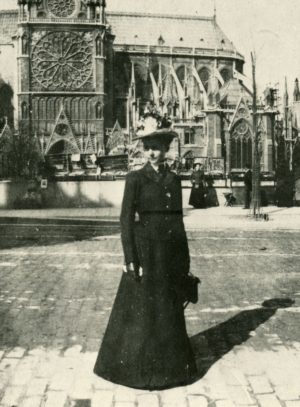 (the world’s most prestigious architecture school in her time), and the first woman to receive her architectural license in California. In fact, she completed her first building before the ratification of the 19th amendment which gave American women the right to vote.
(the world’s most prestigious architecture school in her time), and the first woman to receive her architectural license in California. In fact, she completed her first building before the ratification of the 19th amendment which gave American women the right to vote.
As one might imagine, Morgan faced numerous obstacles working in a man’s field during her time. However, she drew strength from activism and the progressive reform kicking up around her and found a wealth of support through women’s organizations. Morgan would maintain strong ties to these agencies throughout her career and her relationships would lead to numerous commissions, including the Berkeley Women’s City Club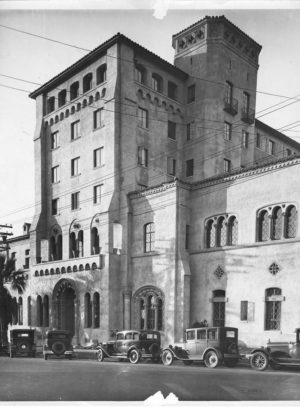 and over 30 buildings designed for the YWCA.
and over 30 buildings designed for the YWCA.
Although Morgan built up quite a portfolio working with women's groups, she was not defined by a single type of client or architectural style. Her designs were calculated and thoughtful responses that considered the needs of its users and the budgets of her commissions. After 45 years in the profession, Morgan would lay credit to more than 700 buildings of varying sizes and scopes, her most notable, perhaps, William Randolph Hearst’s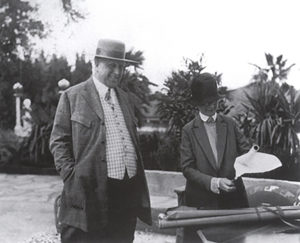 Hearst Castle at San Simeon
Hearst Castle at San Simeon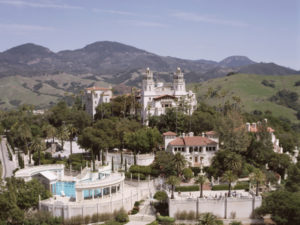 .
.
100 Years of Activism
The YWCA Harbor Area and South Bay has for more than 100 years aligned its efforts with the current needs of the local community1. Right now there are few crises as dire as Los Angeles’ affordable housing plight. A March 2019 report conducted by the National Low Income Housing Coalition titled “The Gap” revealed that 400,000 units are needed to meet the housing demands of extremely low-income renters2 in the Los Angeles-Long Beach-Anaheim-Metro. These statistics are not lost on the organization and they understand that affordable, accessible, and quality housing is critical to providing a stable foundation for child and parental health, childhood cognitive development, educational achievement, employment, and more broadly, positive socio-economic development. In light of these facts, as the YWCA Harbor Area and South Bay embarks on its next century of public service, it has taken on the creation of affordable housing as its mantle.
Building on a Legacy
In 1926, Morgan was brought back to create an addition to with more housing. Unfortunately, the project never moved ahead due to lack of funding. With this in mind, we consider it a great honor to be charged with the design more than 90 years later. Our goal is to create a building that not just pays tribute to the Morgan structure, but in the spirit of its architect, is attentive to how its spaces will be used and its connection to the neighborhood as a whole.
The new construction will be sited directly adjacent to Morgan’s building, running north-south along the perimeter of the property. Maximizing the site’s allowed density, the project will include an on-site daycare center and approximately 35 affordable one- and two-bedroom housing units targeted for extremely low-income single women with children. Residents will also have access to the YWCA’s many programs and services.

At the moment, the project is still in the early stages of design and we are working closely with the YWCA Harbor Area and South Bay, the local community, and the city of Los Angeles to define the site and determine the most cost-effective approach.
The YWCA Harbor Area and South Bay eventually hopes to restore the Morgan structure itself. The building turned 100 years old last year and is one of a number of important landmarks in the downtown San Pedro area.
Notes
-
1
The YWCA Harbor Area and South Bay is the only Morgan-designed YWCA still providing services to women and their families as originally intended.
-
2
Defined as those living below the Federal Poverty Level or 30% AMI ($29,050). For these individuals, housing costs can exceed 30 – 50% or their total income.












